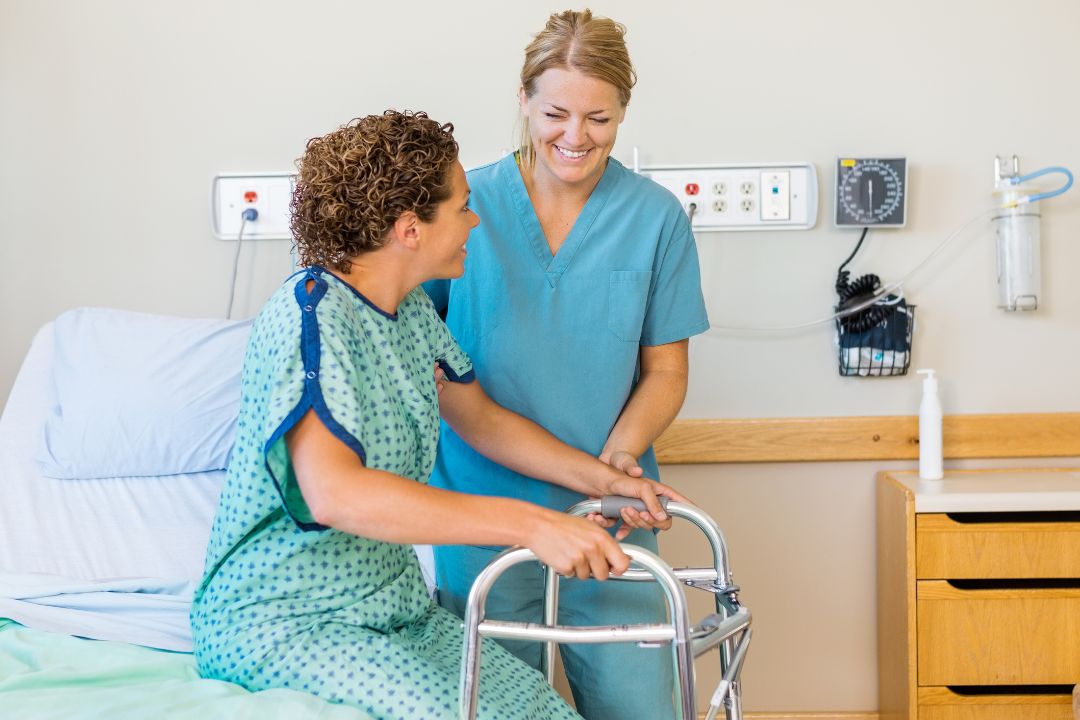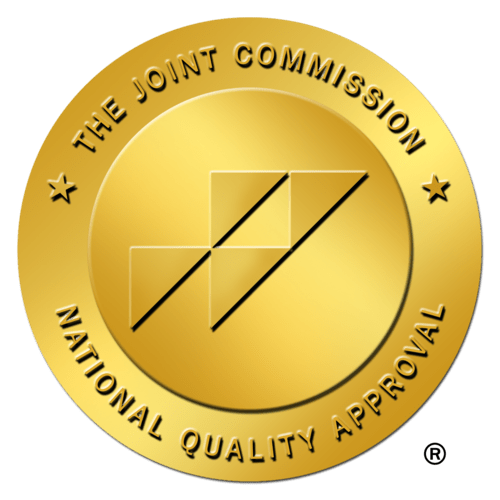
The terms ADLs (Activities of Daily Living) and IADLs (Instrumental Activities of Daily Living) are commonly used in healthcare. Understanding the differences between these two sets of activities is crucial for healthcare professionals, caregivers, and families. This blog will explore what ADLs and IADLs are, how they differ, and their significance in healthcare.
Table of contents:
- What are ADLs?
- What are IADLs?
- Key differences between ADLs and IADLs
- Importance of help with daily activities in healthcare
What are ADLs?
Activities of Daily Living (ADLs) are basic self-care tasks that an individual performs on a daily basis. These activities are fundamental for personal health and well-being. The inability to perform ADLs independently often indicates the need for supportive services or caregiving. Here are the primary ADLs:
- Bathing and Showering: The ability to wash oneself and maintain personal hygiene.
- Dressing: The capability to choose appropriate clothing and dress oneself.
- Eating: The ability to feed oneself, including the use of utensils.
- Transferring: Moving from one position to another, such as from a bed to a chair.
- Toileting: The ability to use the toilet and perform associated personal hygiene.
- Continence: The ability to control bladder and bowel functions.
What are IADLs?
Instrumental Activities of Daily Living (IADLs) are more complex activities related to independent living and often require higher cognitive functioning than ADLs. These activities are essential for managing one’s home and life effectively. Here are the primary IADLs:
- Managing Finances: Handling money, paying bills, and managing financial assets.
- Transportation: The ability to drive or use public transportation to get to places.
- Shopping: Buying groceries and other necessities.
- Meal Preparation: Planning and preparing meals.
- Housekeeping: Maintaining a clean living environment, including tasks like cleaning and laundry.
- Managing Medications: Taking the appropriate medications at the correct times.
- Communication: Using the phone, email, or other means to communicate with others.
Key differences between ADLs and IADLs
- Complexity and Cognitive Requirements:
- ADLs: These are basic tasks that primarily require physical ability. They involve straightforward, repetitive activities.
- IADLs: These tasks are more complex and often require higher cognitive function, such as planning, decision-making, and problem-solving.
- Independence and Living:
- ADLs: The ability to perform ADLs is a fundamental requirement for basic self-care. Difficulty in performing ADLs often signifies a need for direct assistance or supervision.
- IADLs: Being able to perform IADLs is crucial for living independently. Difficulty with IADLs might indicate the need for support services but doesn’t necessarily require round-the-clock care.
- Assessment and Care Planning:
- ADLs: Assessments of ADLs are often used to determine the level of care an individual needs, such as home health aides or nursing home placement.
- IADLs: Assessments of IADLs help in planning for supportive services like meal delivery, transportation assistance, or financial management support.
Importance of help with daily activities in healthcare
Understanding the differences between ADLs and IADLs is essential for developing appropriate care plans and ensuring that individuals receive the level of support they need. Here’s why they matter:
- Personalized Care: Assessing both ADLs and IADLs allows healthcare providers to create personalized care plans that address specific needs.
- Improved Quality of Life: By identifying areas where individuals need help, caregivers can provide the right support, enhancing the overall quality of life.
- Resource Allocation: Proper assessment helps in allocating resources effectively, ensuring that individuals get the necessary support without unnecessary expenditure.
- Early Intervention: Regular assessment of ADLs and IADLs can help in early detection of declining abilities, allowing for timely intervention and support.
Conclusion
ADLs and IADLs are critical concepts in the field of healthcare, particularly in geriatric care and disability services. While ADLs focus on basic self-care tasks, IADLs encompass more complex activities essential for independent living. Understanding and assessing these activities are key to providing effective, personalized care and support. Whether you are a healthcare professional, caregiver, or family member, recognizing the differences between ADLs and IADLs can significantly improve the care and quality of life for those in need.





